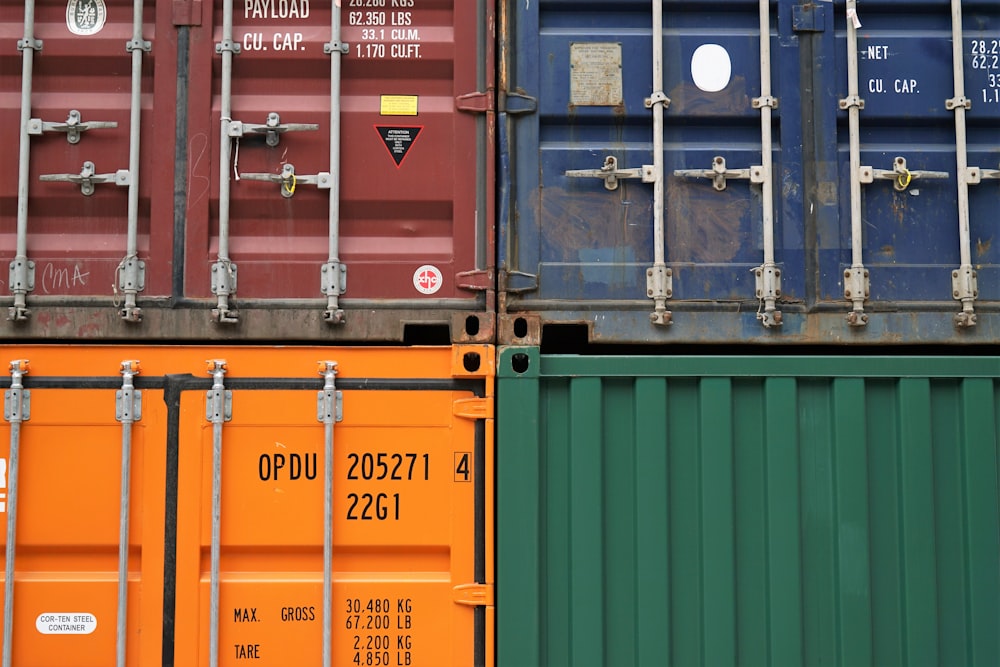Why The Silence On Canada-U.S. Tariffs Negotiations?
Image Source: Unsplash
Canadians remember how anxious they were when President Trump started ratting his saber when placing heavy tariffs on major Canadian exports. The Canadian election last spring was fought largely on which Prime Ministerial candidate could best stand up to the protectionism coming from south of the border.
President Trump did carry out his threats. The US imposed a 25% tariff on those goods not covered by the North American free trade agreement, USMCA. In addition, a 10% tariff was applied to Canadian oil and gas imports and a 50% tariff across all countries, including Canada, on steel and aluminum imports. In addition, the US hit the Canadian softwood lumber industry with a series of tariffs, averaging around 35%, on top of countervailing duties.
As expected, energy and potash exports continued unabated, since Canadian imports account for an estimated 25%-30% of total US energy consumption and for 90% of its consumption of potash. The huge North American automotive trade is largely exempt from direct tariffs, coming under the USMCA pact, but is hit indirectly through the tariffs on steel and aluminum. This past spring and summer witnessed a series of Canadian trade officials travelling to Washington to meet with their counterparts, and even visits by Prime Minister Carney to the Oval Office, in an effort to roll back the tariffs. Nothing came of all these sojourns.
A prior, one would expect that the steel and aluminum industries in Canada would experience a huge drop in sales, layoffs and possible plant closures. But the dire predictions failed to materialize. Although there was some decline in sales,these Canadian exports held their ground, it seems too early to identify who bears the brunt of the tariffs. Indications are that the US industry and consumer will likely be the victims. Now, the Canadian Prime Minister has largely shifted his focus to domestic issues, the passage of the federal budget and selling his proposals for major, national, energy and infrastructure projects, in large measure to diversify trade beyond the U.S.
A recent opinion piece , How to Save Trump’s USMCA - WSJ, points out that, if anything, the North American trade platform is more important than ever before. Mexico has become the largest foreign buyer of U.S. goods during the first eight months of 2025, Canada was a very close second, while China has dropped into third place. The US manufacturing sector is making every effort to preserve USMCA. The WSJ article stresses the US business community relies on millions of jobs generated from trade with Canada and Mexico .While all three countries have enjoyed steady growth, the U.S. has grown the fastest since 2020. The USMCA has to be under review in July 2026, not too far away in the world of trade negotiators. It appears that both Canada and the U.S. are not really interested in seeking sectoral agreements, given that the free trade agreement covers 85% of all bilateral trade. Meanwhile, the existing tariff arrangements are being managed in all three nations, in the absence of any grand designs held by President Trump.
More By This Author:
Post Iranian War The Israeli Economy SoarsThe Long Awaited Canadian Budget In Perspective
The Bank Of Canada Calls A Halt To Future Rate Cuts




